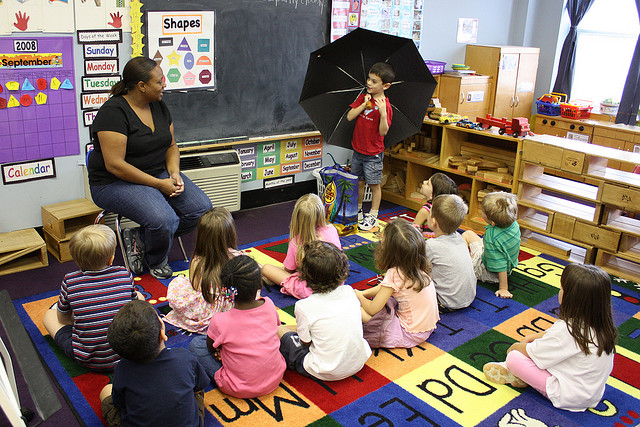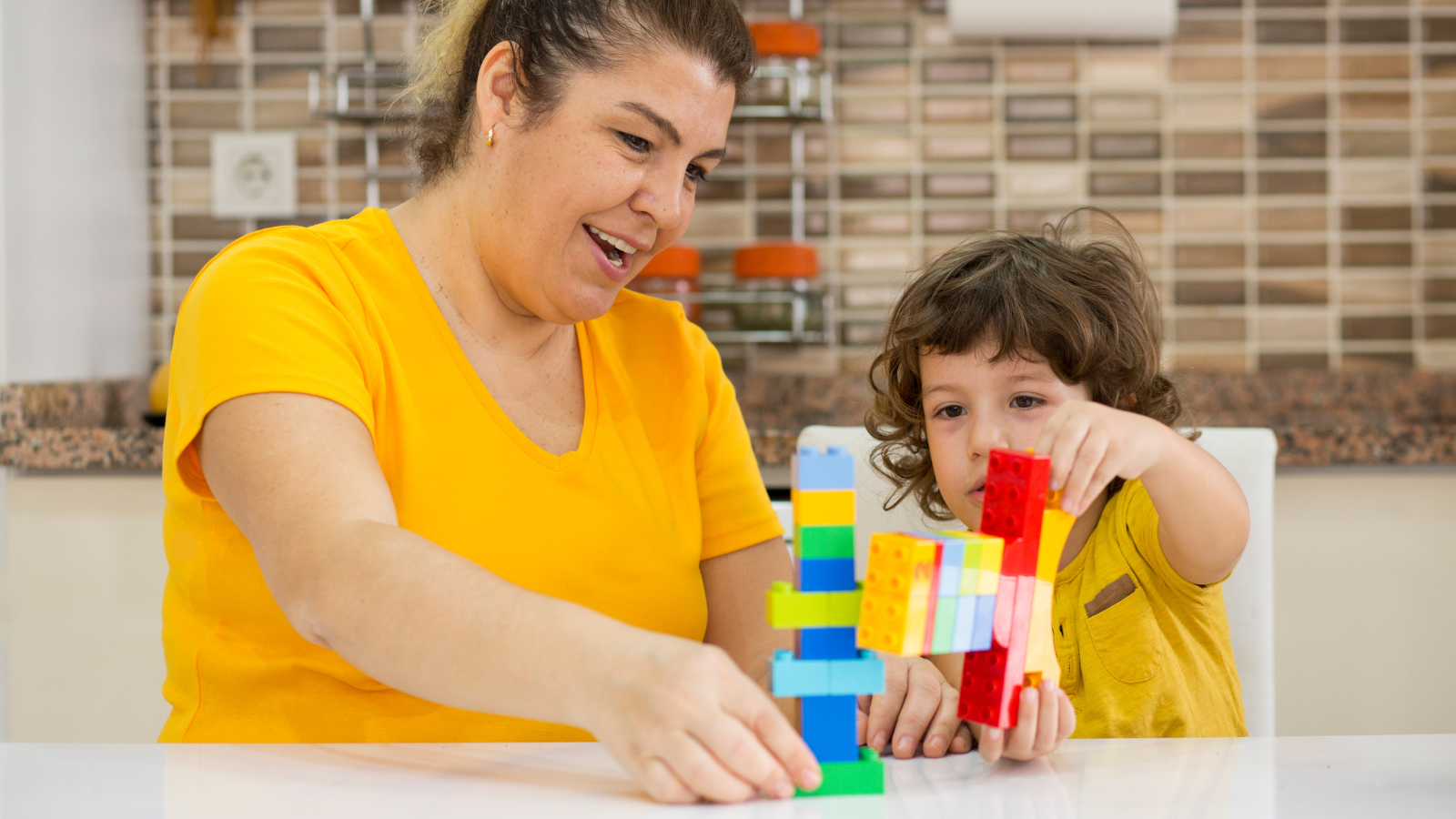FAQ: Cluttering – is it even a thing?
Stuttering isn’t the only kind of fluency disorder. But even some speech pathologists haven’t heard of “cluttering”.
As with many other speech disorders, such as childhood apraxia of speech and stuttering, there’s a lot of poor quality information out there about cluttering. Confusion about what the disorder is – and isn’t – has been compounded by the lack of quality research studies about its definition, diagnosis and treatment.
In this article, we address some frequently asked questions about the disorder based on recent research, including the most obvious question: is cluttering real?
What is cluttering?
Cluttering is a relatively rare fluency disorder. Its primary symptom is the perception that the person is speaking too rapidly or irregularly.
When I first encountered the term, I had my doubts. Lots of children and adults speak too quickly and/or irregularly.
Not just fast talking
For someone to be diagnosed with cluttering, a judgment needs be made that:
(1) the person is speaking too quickly and/or irregularly; and
(2) the person’s rapid/irregular speech must be accompanied by at least one of the following features:
(a) excessive “normal disfluencies” (we explain the difference between normal and abnormal disfluencies here); and/or
(b) excessive “collapsing” or deletion of syllables – e.g. saying “television” as “tevision” or “it is going to” as “sconto”; and/or
(c) abnormal prosody, e.g. abnormal pauses, syllable stress or speech rhythm (St Louis & Schulte, 2011).
Some researchers call cluttering a “multidimensional disorder” which is a fancy way of saying that its symptoms affect more than one aspect of communication: rate, intelligibility, prosody, articulation, fluency, language formation and/or even the person’s social use of language (Myers et al. 2012).
Others have grouped cluttering symptoms into various categories and checklists, which can be used to help diagnose cluttering, including:
• pragmatics/social skills: e.g. lack of self-monitoring, compulsive talking, poor planning, poor turn-taking, interruptions;
• speech-motor: e.g. articulation errors, speaking in spurts or bursts, telescoping or condensing words, a rapid rate, initial loud voice trailing off to unintelligible murmuring, lack of pauses;
• language-cognition: e.g. disorganised language, word finding problems, lots of interjections and fillers, speaking before thinking, poor grammar and syntax, attention issues; and
• motor-coordination-writing problems: e.g. messy writing, jerky breathing patterns, clumsiness (e.g. Daly, 2006).
Examples of normal speech versus cluttering
Jane is a typical teenager. Sam is also a typical teenager, but he clutters.
Jane speaks at an appropriate rate, with good phrasing. Although she has some normal disfluencies, she is easy to understand:
“Even though um I made an appointment with a doctor for a check-up, um I really feel it was unnecessary but my employer insisted.”
Sam, in contrast, speaks really quickly with irregular bursts of speech, jerky breathing and a lot of normal disfluencies. He is hard to understand:
“Even um though um ‘made pointment with um dct for checkp, I relly feel ’twas unessy but um my ployr sits” (Adapted from Myers et al, 2012).
What causes cluttering?
As with stuttering, we don’t know yet.
Some researchers think that the speech behaviours associated with cluttering lie on a continuum with the speech behaviours of typical speakers (e.g. Ward, 2006). Supporters of this “spectrum hypothesis” think that people who clutter do not differ in kind from people who speak typically – but just in degree. In other words, people who clutter make the same types of speech errors as everyone else but make more of them, and in greater “clusters”, than we would consider typical.
Other researchers think the root problem with cluttering is that people who clutter simply speak too quickly, giving them an insufficient time to organise and formulate their utterances (e.g. van Zaalan et al., 2009).
Can cluttering happen with other disorders?
Yes. Cluttering is often seen alongside other disorders such as stuttering, language disorders and speech sound disorders. Some estimates suggest as many as 2/3 of people who clutter also stutter.
Some cluttering symptoms may look a little like childhood apraxia of speech. However, a slow speech rate is characteristic of apraxia, in contrast to the fast rate often observed with people who clutter.
How do we treat cluttering?
Little clinical research has been published on effective cluttering treatments. In practice, speech pathologists tend to treat the features of cluttering symptomatically, with an overarching goal of improving intelligibility. Depending on the speech difficulties identified during assessment, speech pathologists may focus on helping clients:
• improve their self-awareness of the problem;
• learn to self-monitor their speech;
• reduce their rate (e.g. using syllable timed speech);
• regularise their speech rhythm;
• improve their stress patterns, including their volume, pitch and vowel length;
• improve their articulation;
• reduce their mumbling;
• improve their phonatory (voicing) and breathing behaviours;
• improve their knowledge of sentence structures and syntax;
• sequence events and tell stories coherently; and
• improve their social communication skills, e.g. their turn-taking in conversation.
Some clinicians have observed that people who clutter can benefit from stuttering treatment programs – particularly if they are also stuttering – although the research evidence in support of specific programs is scant (at best).
Clinical bottom line: it’s real but we don’t know much yet about it
Much more research is needed to explain the relationship between stuttering and cluttering (and other common communication disorders). We also need to pin down a more precise definition of the disorder so that speech pathologists can diagnose it correctly and consistently.
Fortunately, researchers such as Florence Myers, Klaas Bakker, Kenneth St. Louis and Lawrence Raphael appear to be working on a series of studies looking at cluttering from different perspectives including disfluency, rate and self-awareness to refine its definition. But we also need quality research to be conducted on how best to treat cluttering for children and adults.
Principal sources: Myers, Bakker, K., St. Louis, K.O., & Raphael, L.J. (2012). Disfluencies in cluttered speech. Journal of Fluency Disorders 37, 9-19. Daly, D.A., & Burnett, M.L. (1999). Cluttering: Traditional views and new perspectives. In R.F. Curlee (Eds). Stuttering and related disorders of fluency. NY: Thieme. van Zaalen, Y., Wijnen, F., & De Jonckere, P.H. (2009). Differential diagnostic characteristics between cluttering and stuttering. Journal of Fluency Disorders, 34, 137-154. I would also like to acknowledge Michelle Donaghy for helping me to find these sources, recognising that all errors of interpretation are my own.
Image: http://bit.ly/1cGcczT

Hi there, I’m David Kinnane.
Principal Speech Pathologist, Banter Speech & Language
Our talented team of certified practising speech pathologists provide unhurried, personalised and evidence-based speech pathology care to children and adults in the Inner West of Sydney and beyond, both in our clinic and via telehealth.








